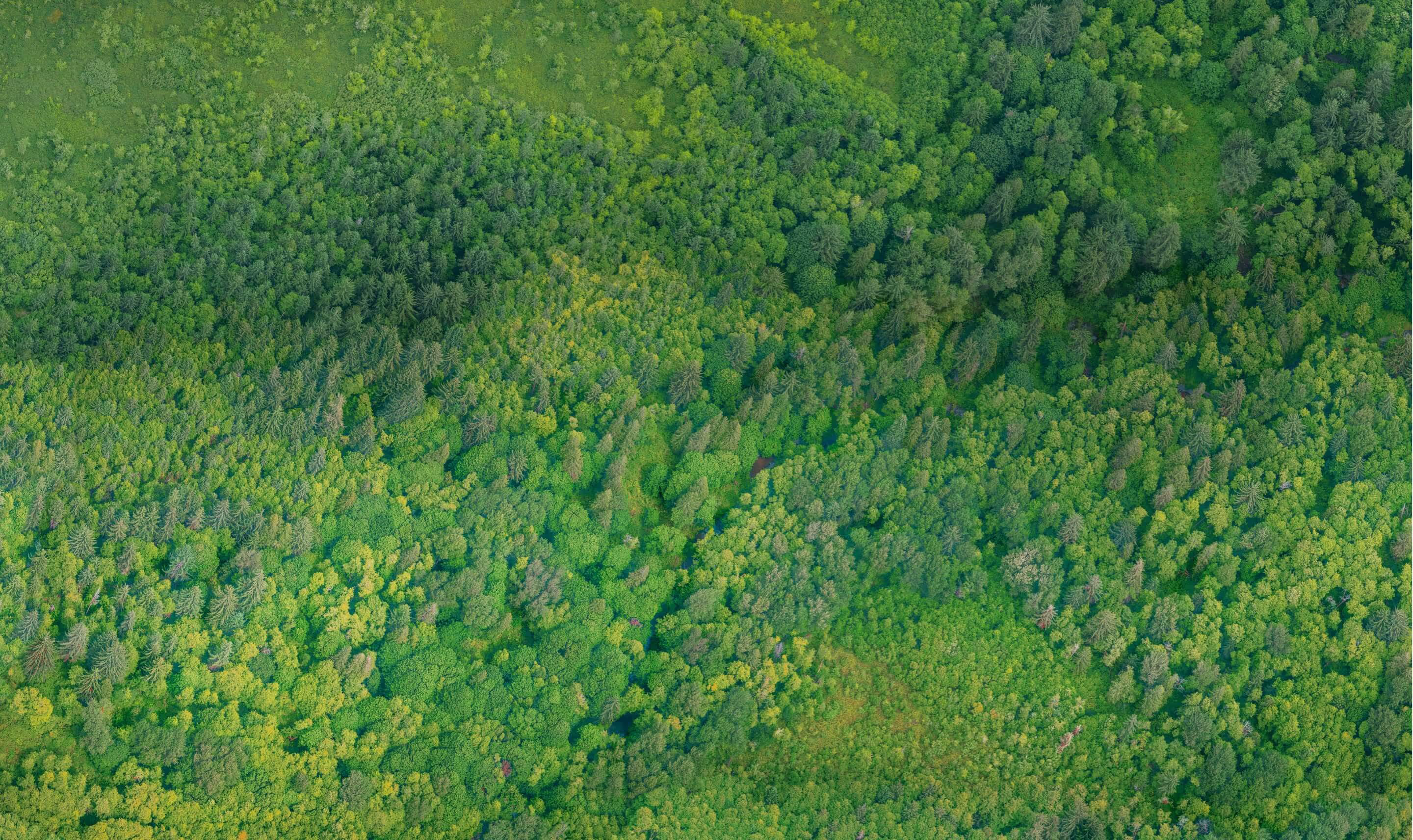Environmental NGOs: key players in protecting the planet

Greenpeace, WWF, the League for the Protection of Birds (LPO), the League for the Protection of Birds (LPO), Friends of the Earth, LIFE, etc. These environmental NGOs no longer only work behind the scenes. They have become key players in protecting the planet. They play an essential role in the promotion of sustainable development, the preservation of biodiversity, the fight against climate change, and the stimulation of an ecological transition. Their demands sound like calls to action. Their missions go beyond borders. Present all over the world, they are helping to shape a greener future.
How did these organizations become essential? Let's explore the role, motivations, and roots of these guardians of the environment. Let's dive into the daily lives of these relentless defenders of nature and see what their current challenges are.
What is an environmental NGO?
In a few words
An environmental NGO, or Non-governmental organization dedicated to the environment (ONGE), is an independent, non-profit entity from the State. It can be structured under the formation of an association, a foundation, a cooperative, etc.
Its initiatives and actions aim at the preservation, protection, and improvement of the environment, biodiversity and the fight against climate change.. It generally operates outside government structures. Thanks to this, these organizations benefit from freedom of action and flexibility in defining their objectives and missions.
Around the world, environmental NGOs are actively involved in raising public awareness of environmental and climate issues. But that's not all! They take concrete measures to mitigate negative impacts on nature and promote sustainable practices.
The areas of intervention
The battles of environmental NGOs can focus on one or more areas of intervention:
- Combating climate change;
- Combating deforestation;
- Preservation of biodiversity;
- Promotion of sustainable development;
- Management of natural resources;
- Waste reduction;
- and many other initiatives aimed at creating a harmonious balance between human activities and the ecosystem.

Did you know that? An NGO can be recognized as being of public utility, a status supported by exemplary entities such as France Nature Environment. However, it should be noted that this recognition, although deserved, is not an unchangeable rule. An example illustrates this: the Greenpeace organization, a global icon, does not enjoy this status of public utility. It thus testifies to the diversity of the paths taken by these guardians of our planet.
Their mode of action
Most environmental NGOs focus on non-violent and legal approaches to achieve their goals. Indeed, most of the time, they seek to gain public support, influence government policies, and work collaboratively with various stakeholders to solve environmental problems.
How do environmental NGOs work?
Environmental NGOs have varied missions, but all are oriented towards the preservation, protection and promotion of a healthy and sustainable environment. Here is a selection of their various missions.
Environmental NGOs and research
Environmental issues include a strong scientific dimension. As a result, environmental NGOs and scientific research collaborate very often. They come together in a common quest to understand, preserve and restore our planet. This association, this emulation, takes various forms.
Commitment to scientific research
Environmental organizations are part of independent research projects or establish partnerships with academic institutions and laboratories. Together, they explore specialized areas, ranging from biodiversity to the effects of climate change. Research generates crucial data that will guide actions to protect the planet. One example is the work of an organization such as the Foundation for Biodiversity Research (FRB) that supports innovative research projects.
Information and popularization
Once the scientific results are obtained, environmental associations become passionate ambassadors of this new knowledge. They make messages accessible to the general public.
The creation of bridges
NGOs create bridges between the scientific network and the need for solutions to protect the environment and climate. They translate discoveries into concrete actions, thus facilitating the development and implementation of sustainable solutions.
The motivation for a virtuous cycle
This symbiosis creates a virtuous cycle where the scientific network fuels actions, actions generate new challenges, and these challenges inspire new research.

An example of collaboration between scientists and NGOs
The international NGO Sea Shepherd collaborates with scientists to conduct operations to protect endangered marine species, including whales, dolphins, and ocean conservation turtles. This association involves the collection of scientific data in the field, such as mapping animal migrations, assessing populations, and studying habitats.
Scientists therefore contribute their technical expertise and methodological rigor, whilst the NGO provides financial resources, access to critical areas and the capacity to mobilize volunteers.
Field projects
Many environmental NGOs are implementing concrete projects in the field. This may include the restoration of ecosystems, the creation of reserves, the establishment of sustainable management of natural resources, the promotion of renewable energies, etc. These projects contribute directly to the preservation of the environment.
At LIFE, we operate in the field all over the world. In many countries, we provide support to populations in need. In environmental emergency situations; as a preventive measure against the challenges of climate change ; all year round. Whether for the construction of drinking water wells, the realization of agroforestry systems, ecosystem restoration, etc. Day after day, we work to make the future better and greener.
For example, we operate in Indonesia, in the West Nusa Tengarra region and more precisely in the village of Genggelang. We are setting up a mangrove and fruit tree planting project there. 5000 bamboos, 15,000 fruit trees (Rambutan, Durian, Nangka, Avocado, Mango, etc.) will contribute to improving the quality of the environment. But that's not all! The plantations will also increase the community's income. 100 families will benefit from this reforestation. And among them, 30 people will be trained in the use of bamboo for furniture and crafts. The positive impact of this project is broad and will contribute to leaving a lasting legacy for future generations.

At the forefront of awareness and education
In addition to direct actions, environmental NGOs have a unique power: that of raising awareness among the general public. Their ability to draw attention to critical issues, often overlooked by traditional media, is a powerful weapon in the fight to protect the planet. Poster campaigns, powerful media campaigns using social networks, demonstrations in an agricultural area threatened by a construction project, etc. There are a variety of ways to raise awareness and encourage the development of more sustainable behaviors all over the world.
Between lobbying and advocacy
NGOs act as environmental advocates. They put pressure on governments, businesses, and other actors to adopt more environmentally friendly policies. Their influence in decision-making spheres can lead to significant changes in regulations and industrial practices.
Managing environmental crises
In the event of natural disasters or environmental crises, NGOs are often among the first to intervene. They provide immediate assistance, expertise, participate in relief operations, and contribute to the sustainable reconstruction of affected areas.

Unrelenting vigilance
Environmental NGOs are constantly monitoring what human activities could be harmful to the planet. Scrutinizing industries, governments and businesses, they denounce any damage to the environment. Their vigilance contributes to uncovering unconscious practices, holding perpetrators accountable, and promoting a culture of environmental responsibility.
Current challenges and obstacles
Environmental NGOs are not navigating without difficulties. Political obstacles, the lack of adequate funding and the hostile reactions of certain industrial sectors are constant obstacles. Despite these challenges, their determination and resilience continue to propel them forward. They thus state loud and relentless that the environmental cause is a battle that deserves to be fought.
The protection of the planet can no longer do without the action of environmental NGOs, real sentinels of our ecosystem. Their action transcends borders, influences policies, raises awareness, mobilizes society, and weaves an international network of actors. Safeguarding our planet is crucial. The existence and mobilization of each ecological association have thus become a hope for a more sustainable future. It is time to recognize and support the indispensable role of these organizations in protecting the Earth that is home to us.
Join us to contribute to a greener planet together



.avif)



.avif)
.avif)